- Mazda CX-50 Hybrid has 29.2 cubic feet of cargo volume.
- That's 2.2 cubic feet less than the non-hybrid CX-50.
- Our real-world test shows the difference between the two and their competitors.
Mazda CX-50 Hybrid Cargo Test: How Big Is the Trunk?
Subpar cargo space is a CX-50 drawback. How big of a deal is it?
"Middling cargo capacity for the class." So says Edmunds' review of the Mazda CX-50, one of the few cons for a vehicle that is otherwise the top-rated choice in that same segment. But how much cargo capacity are you really giving up by prioritizing the Mazda's sharp driving dynamics, luxurious interior and good looks? Oh, and how does the new CX-50 Hybrid compare to the standard version?
On paper, the standard CX-50 has 31.4 cubic feet of cargo space, which is on the low end for the segment. Its top competitors are in the upper 30s. The CX-50 Hybrid has 29.2 cubic feet of cargo space, which drops it even further down the ladder below even the Chevy Equinox. This is a cargo test of the CX-50 Hybrid, but I've previously tested the standard version, so rest assured, there will be answered.
Here is the CX-50 Hybrid's cargo area. Naturally, my first question is, "Where is that 2.2-cubic-foot difference?"
Mazda is one of the few car companies that provides more detailed cargo area measurements than just a volume figure (Volvo is another), so I know that both versions have the same floor height. As such, unlike a Toyota 4Runner or Honda CR-V, the difference is not coming from a higher floor. None of the other measurements provided a clue either. In fact, some revealed the CX-50 Hybrid to be bigger here and there. Hmm.
Luckily, I have eyes. And Photoshop.
Here's the difference: Upper right is the CX-50 Hybrid; lower left is the CX-50 Turbo. I'm not sure what hybrid-related componentry is taking up this space, but it somehow amounts to 2.2 cubic feet. Given its location, I have serious doubts that it'll make any difference.
One more point before I get to the bags: The CX-50 Hybrid has a spare tire. So does the Kia Sportage Hybrid and the Toyota RAV4 Hybrid, which donated its powertrain to this Mazda. The Hyundai Tucson and Honda CR-V hybrids do not have spare tires.
OK, now to the bags. Here's some nice boilerplate information about the bags I use and their dimensions. There are two bags you'd definitely have to check at the airport: Big Gray (26 inches long x 16.5 inches wide x 12 inches deep) and Big Blue (26 x 16.5 x 10). There are three roll-aboards that usually fit as carry-on: Medium Tall (24 x 14 x 9), Medium Wide (23 x 15 x 9) and the smaller Green Bag (21 x 14 x 9.5). Finally, there's everyone's favorite Fancy Bag (21 x 12 x 11), a medium-size duffle.
All my bags fit, but that's not a shocker given the volume (and the fact I've tested the standard version before). There's not that much room left over, though.
Actually, you know what this looks exactly like?
This is the Chevy Equinox, which has an official cargo volume of 29.8 cubic feet, basically the same as the CX-50 Hybrid.
Now, I discovered the Equinox can hold more than this thanks to the underfloor storage area that expands volume without being counted in the official figure. As such, the Equinox is higher on the cargo test leaderboard.
Back to the Mazda. Let's get to the extra items.
And now we're full. This is my standard bags plus the 38-quart cooler (23 x 16 x 13), Edmunds Golf Classic Duffle (20 x 10.5 x 10.5) and Blue Duffle (same as Fancy Bag).
As I suspected, this is exactly the same result as I got with the standard CX-50. The difference in cubby area made no difference.
How does this compare to others in the segment?
This is the CR-V Sport Touring Hybrid. It held the exact same items, but as you can see, there was more room left over up high. It was also much easier to load and rear visibility was better. Remember, this is the CR-V's worst-case scenario, as the Sport Touring has 34.7 cubic feet of cargo space. Every other CR-V has a greater capacity and should do even better.
The Equinox could also hold these items, but like the Mazda, it was much harder to load. It's in between the CX-50 and CR-V on the cargo test leaderboard.
Finally, this is a sneak peek at the future Hyundai Tucson cargo test. This is the best result in the segment. There was so much extra space left over after my standard bags, I could fit an additional roll-aboard the size of Green Bag in addition to the three duffels and cooler.
Ultimately, I think this is all a perfect illustration of the cargo capacity you're sacrificing by going with the CX-50 Hybrid. It has functionally the same cargo-carrying ability as the non-hybrid versions, but that real-world ability also puts it down near the bottom of the segment, just as its specs suggest.
Besides the Tucson, the Subaru Forester cargo test showed it doing even better than the CR-V Sport Touring, as did my past tests of the Toyota RAV4, Kia Sportage and Nissan Rogue. The Ford Escape is one vehicle in the segment that did worse.
So that's the difference. The question now is: How much of a difference does it make to you?
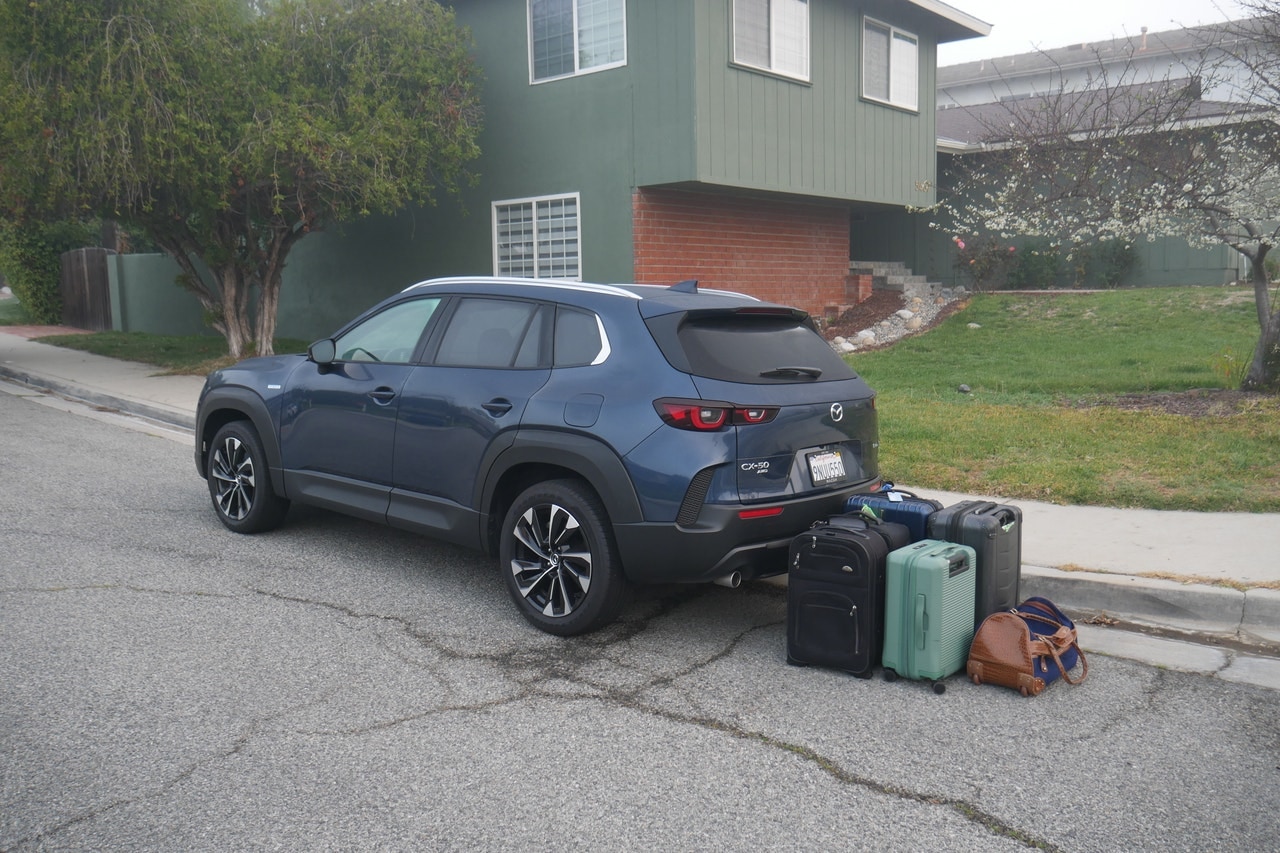




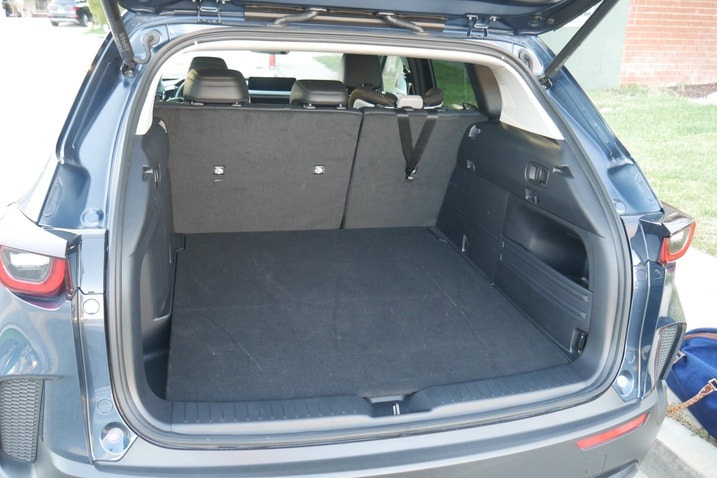
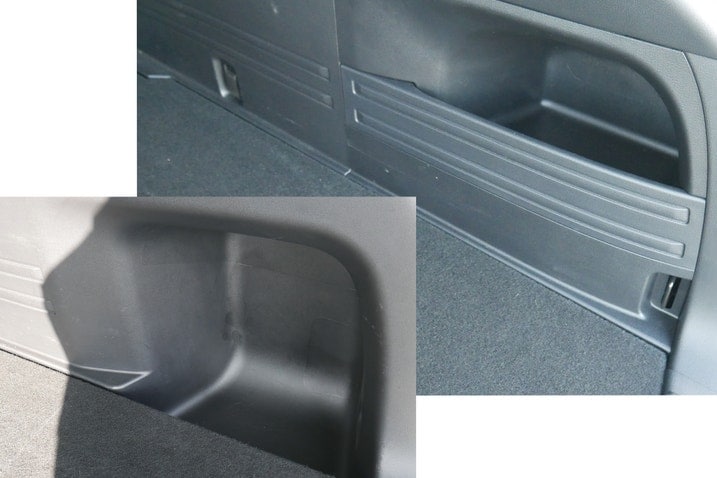



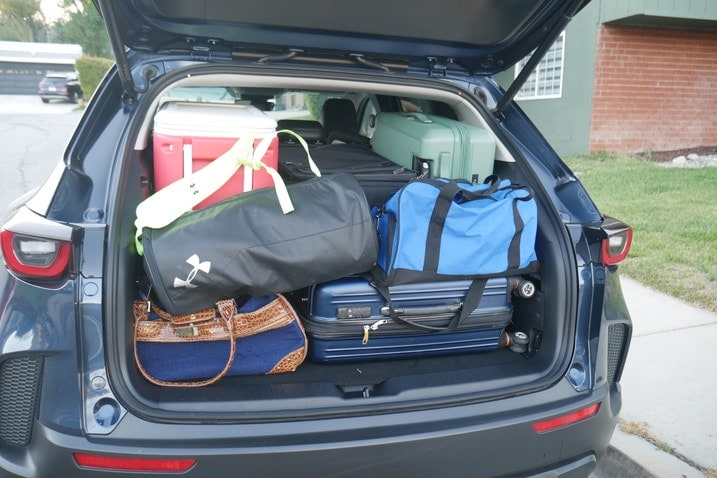
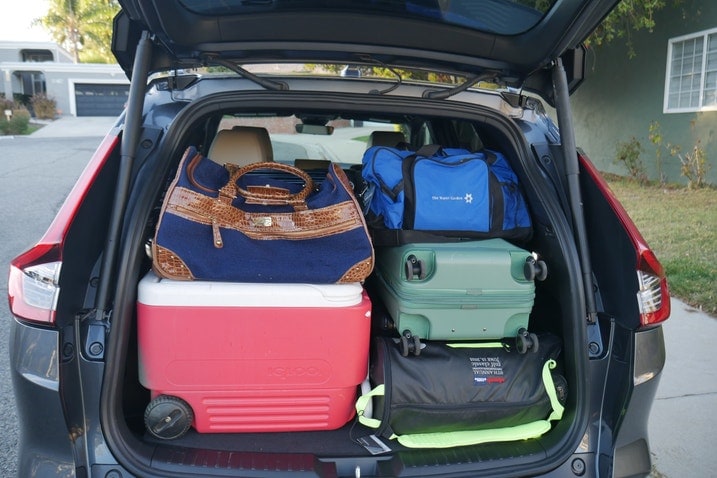
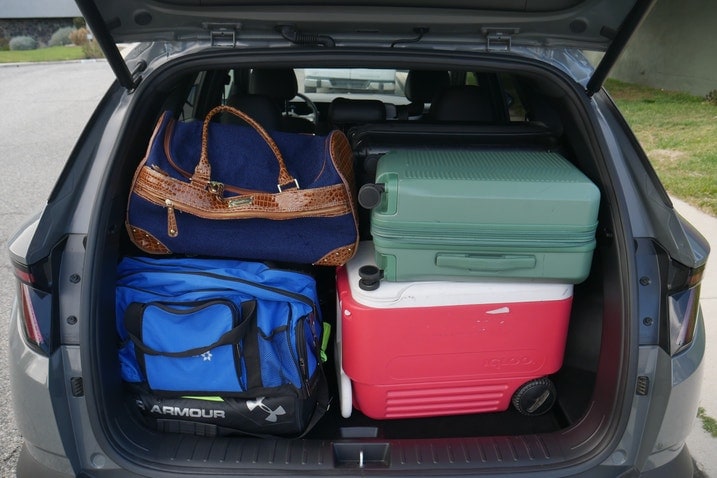
 by
by  edited by
edited by